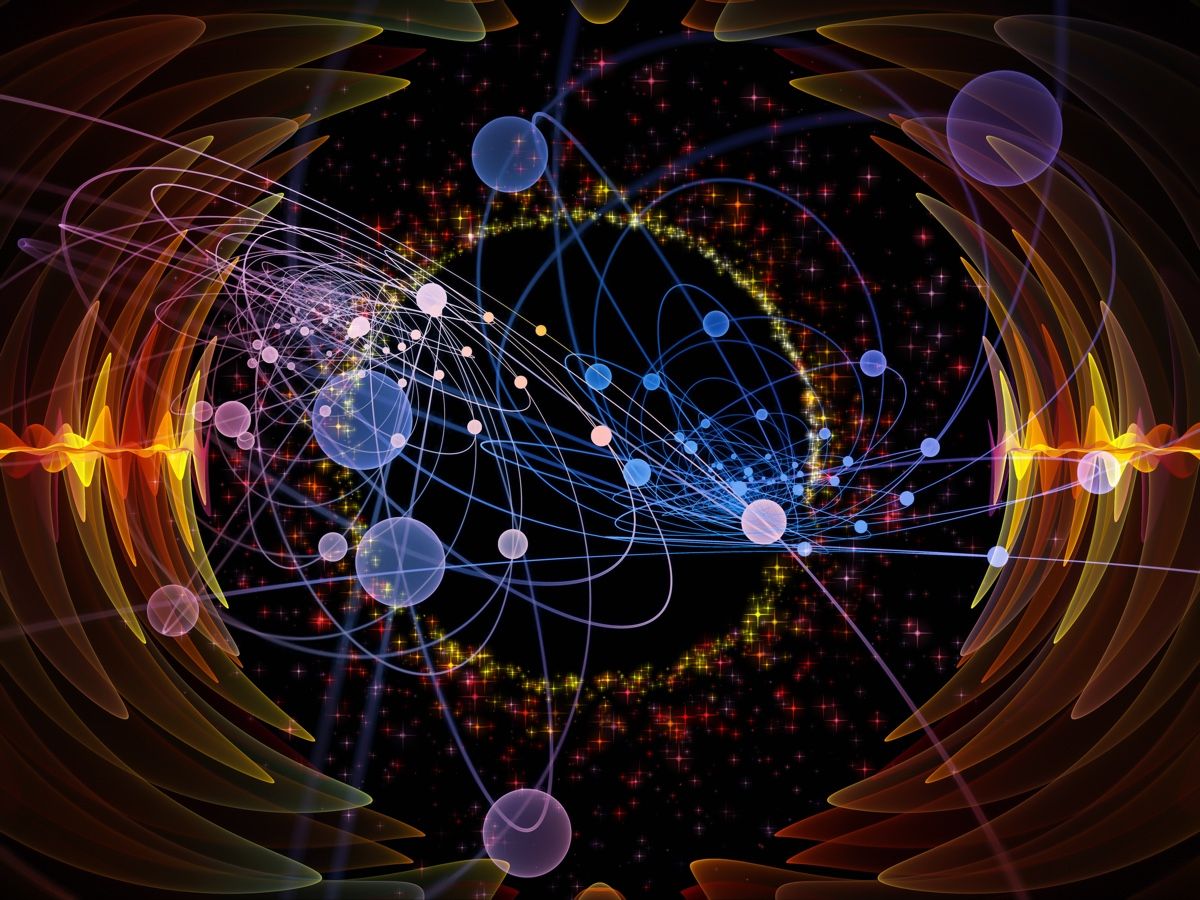
He theorized that light sometimes behaves like discrete packets of electromagnetic energy. He applied Planck’s quantum explanation to light. Classical physics could not explain this!īut what could explain it? Albert Einstein, the famous German physicist, had a theory.

And light with a higher frequency caused electrons to eject with more energy. When metal was exposed to light, a bigger amplitude caused more electrons to eject. You would expect waves with higher frequency to hit and eject more electrons off the surface.īut as with most quantum experiments, the unexpected was observed. The time between wave peaks is called its frequency. You would expect a wave with a greater amplitude to push electrons off the surface with more energy. The height of a wave is called its amplitude. Photoelectric Effect Demonstration (2015) by the National STEM Center (3:04 min.).Ĭlassical mechanics describes light as a wave. This is the observation that shining light onto a metal surface can cause electrons to eject from the metal. 1905: Einstein and Photonsīut before Bohr, quantum theory helped solve another problem in the physics world - the photoelectric effect. He wrote in a letter to a colleague that making this mathematical assumption in his formula had been an “act of desperation.” The answer to this would come from Niels Bohr, 13 years later. However, Planck didn’t have a reason for why energy was quantized in this way. Lower frequencies, like red light, have less energy than higher frequencies, like those in the white light. Planck said the amount of energy in a quantum increased with its frequency. Planck’s radical hypothesis was that at the sub-atomic level, hot objects could only emit energy in small units or “packets.” He called these packets quanta (a single quanta is called a quantum ). They thought that it was possible for an object to have any energy value on that scale. Before Planck, scientists believed that energy was on a continuous scale. Planck’s formula worked because of one key idea. It fit the experimental evidence perfectly! Most importantly, Planck’s formula predicted that no ultraviolet frequencies would be emitted. Hotter objects would emit frequencies of all visible colours, making them appear to glow white. It showed that warm objects would emit red frequencies. Planck created a new mathematical formula for the frequencies of light energy emitted from a hot object. He is often called the father of quantum mechanics. It was solved by Max Planck, a German theoretical physicist. High-energy gamma rays are on the far left and low-energy radio waves are on the far right (Let's Talk Science using an image by Inductiveload via Wikimedia Commons).īut their experiments showed that almost no ultraviolet light was emitted at all! This problem was called the ultraviolet catastrophe. Their models predicted that hot objects should emit light that is mostly in the ultraviolet frequency range. This pattern of colour change with temperature is the same for any object, no matter what the object is made out of.Īt first, scientists used classical physics to try to understand this pattern. If you were able to increase the temperature even more, they’d glow white. When the elements get hot, they glow red. A Brief History of Quantum Mechanics 1900: Planck and QuantaĪt the turn of the twentieth century, many physicists thought there was nothing left to discover in their field. The best way to understand quantum mechanics is through the history of its major discoveries. It describes laws of energy on the scale of atoms. This is where quantum mechanics comes in. But these predictions do not work as well when you look at objects on a smaller scale. Classical mechanics allows scientists to make very accurate predictions for big objects. You might be familiar with classical mechanics, such as Newton’s three laws of motion. Even inside the device you’re using to read this article! So what is quantum mechanics anyway?Įssentially, quantum mechanics is the study of how atomic particles exist and interact with each other. The applications of quantum mechanics are all around us. And quantum mechanics doesn’t just happen in high-tech physics labs. But it can be a lot of fun to learn about! It really makes you ‘stretch’ your brain and expand your critical thinking skills. Quantum mechanics may sound intimidating.

Quantum mechanics and infinitesimals professional#
Open Professional Learning × Close Professional Learning Open Educational Resources × Close Educational Resources


 0 kommentar(er)
0 kommentar(er)
